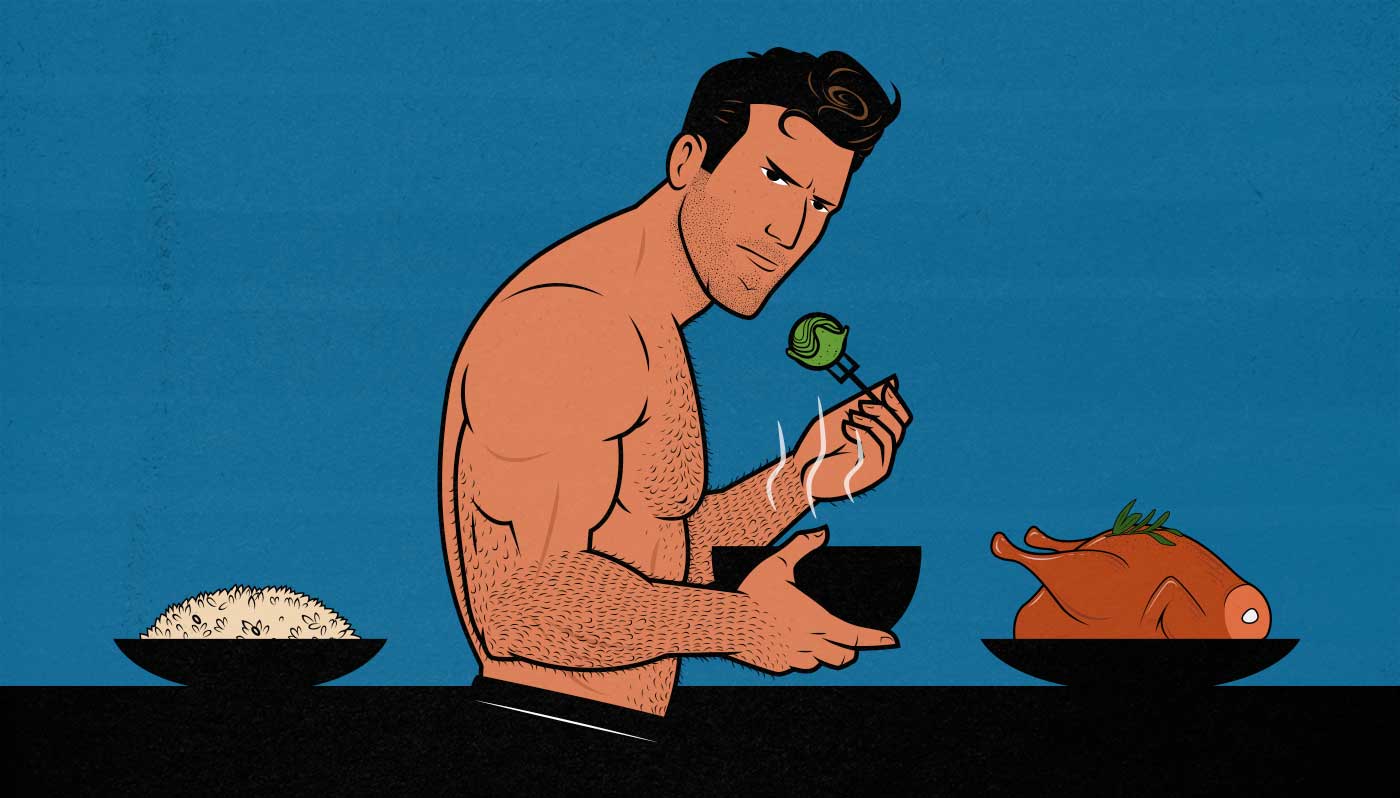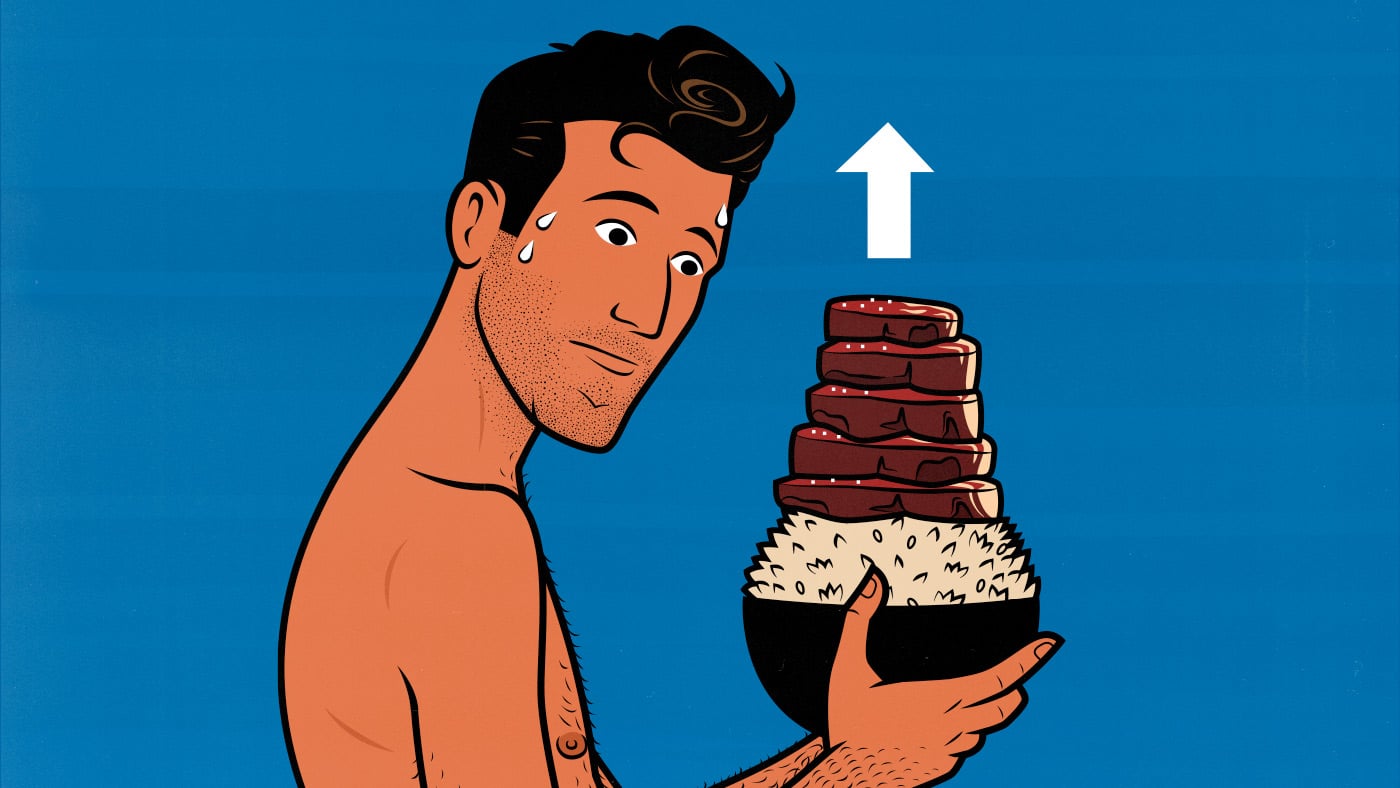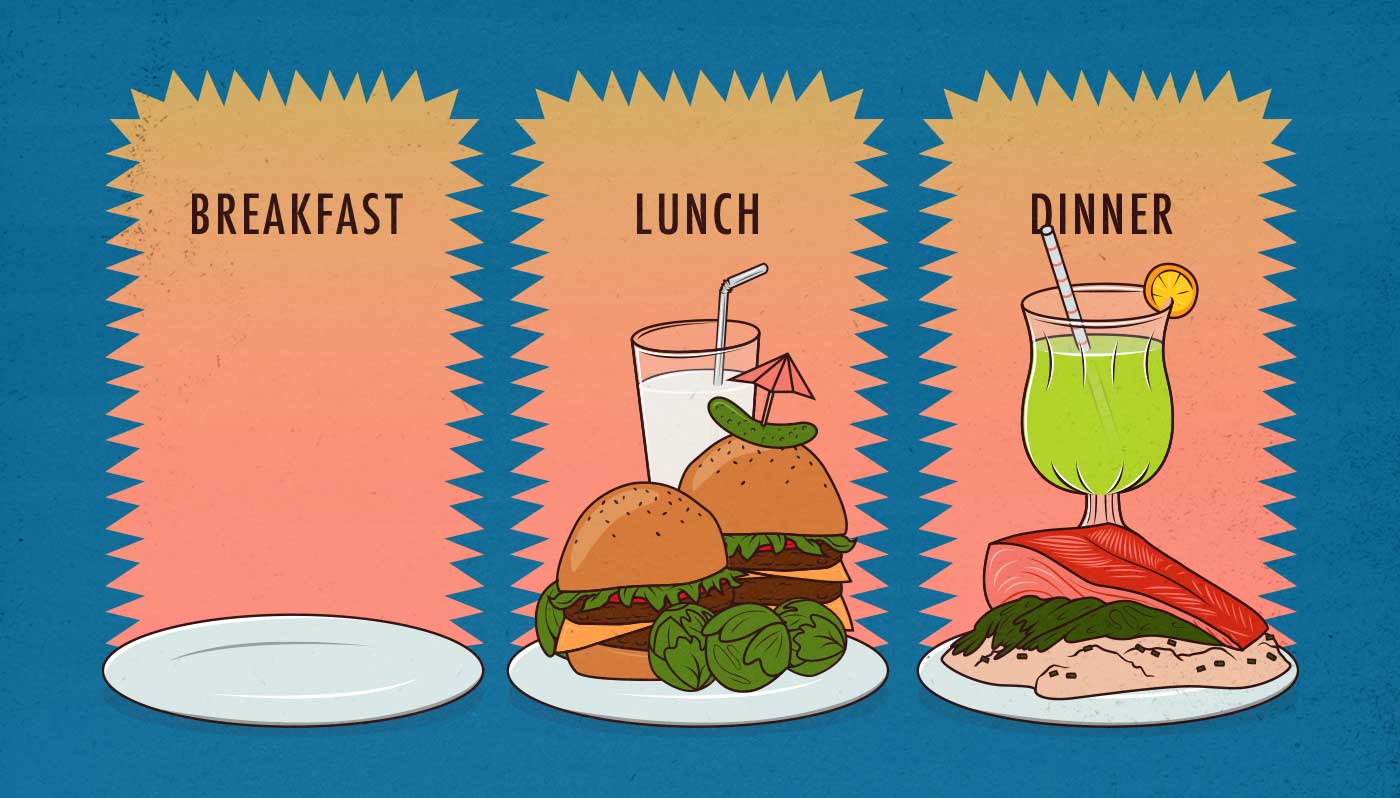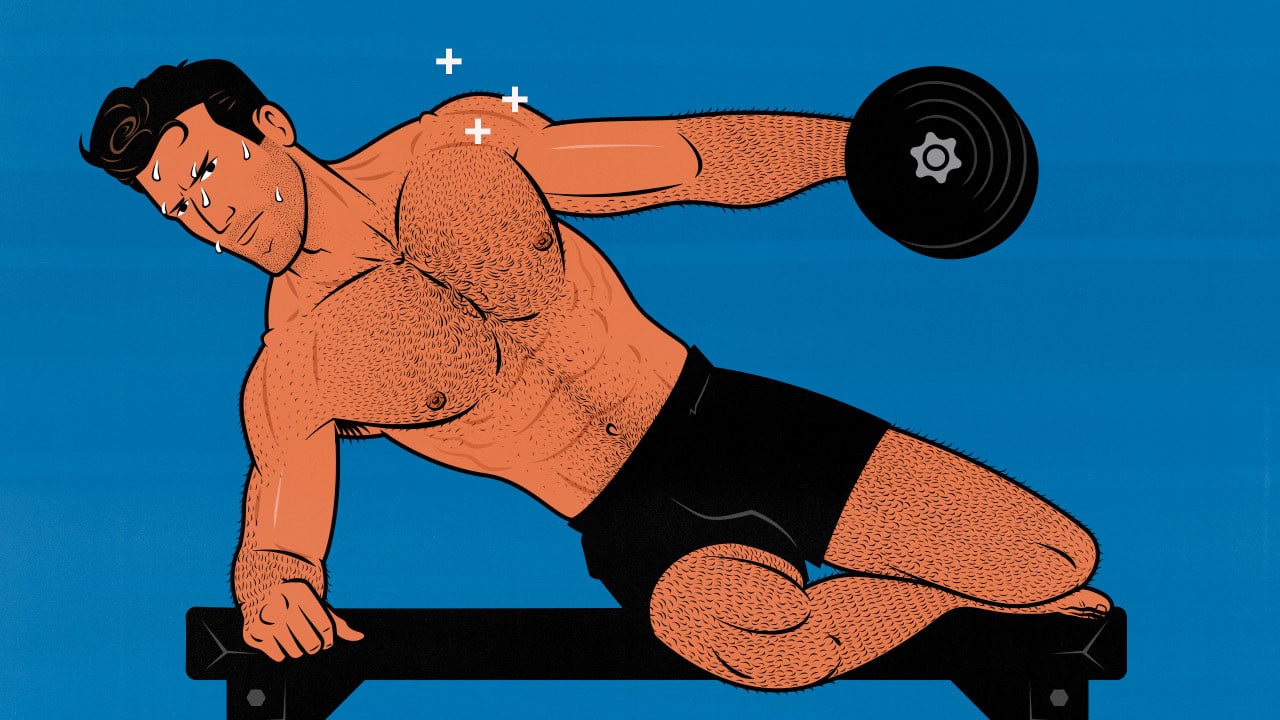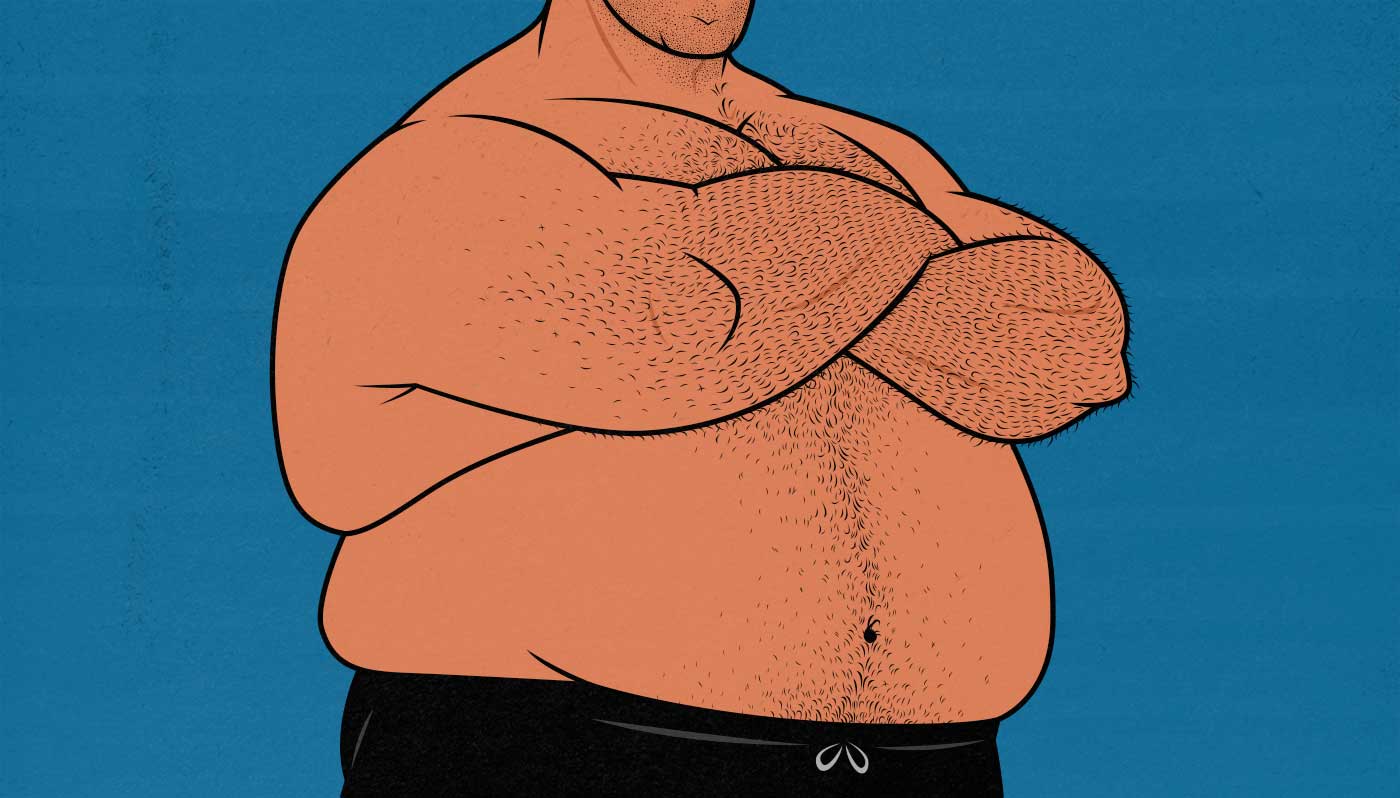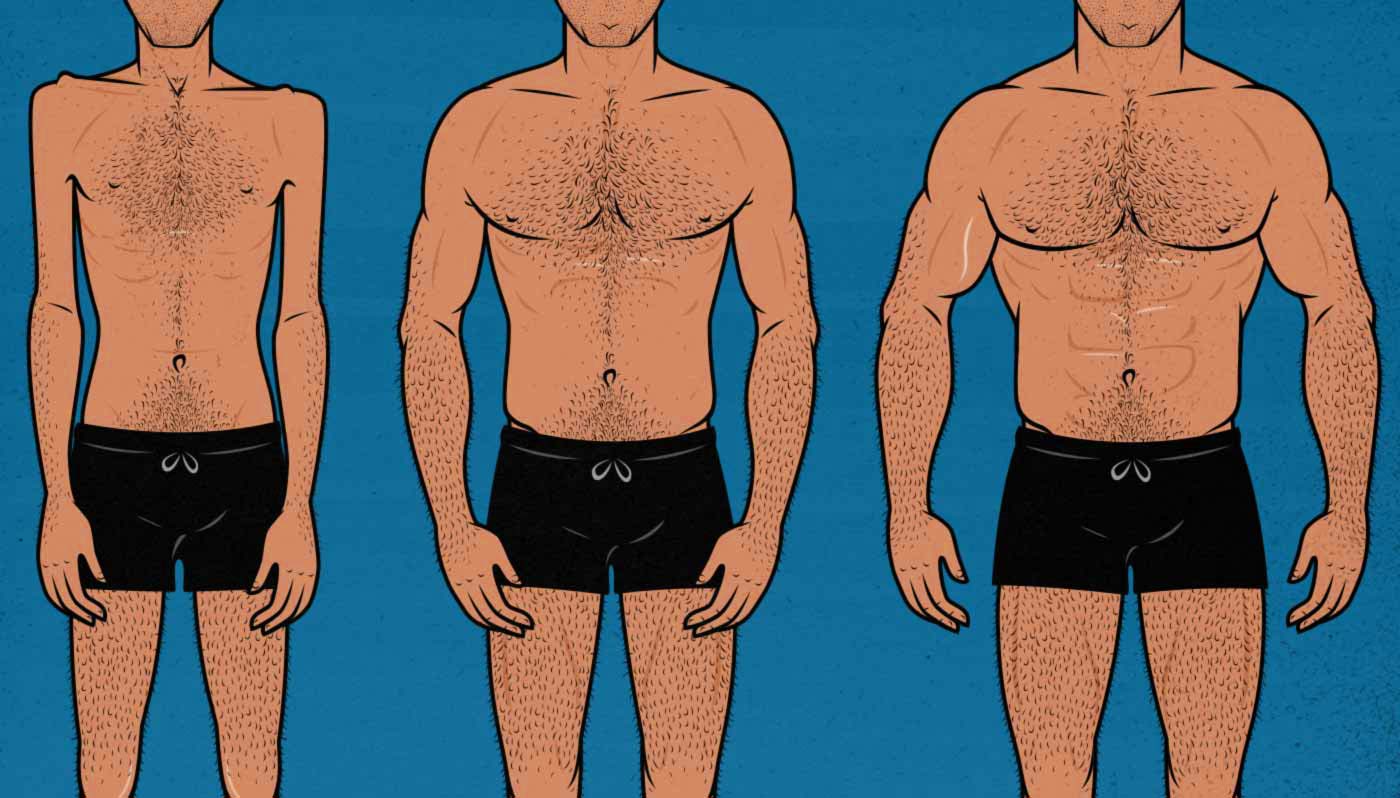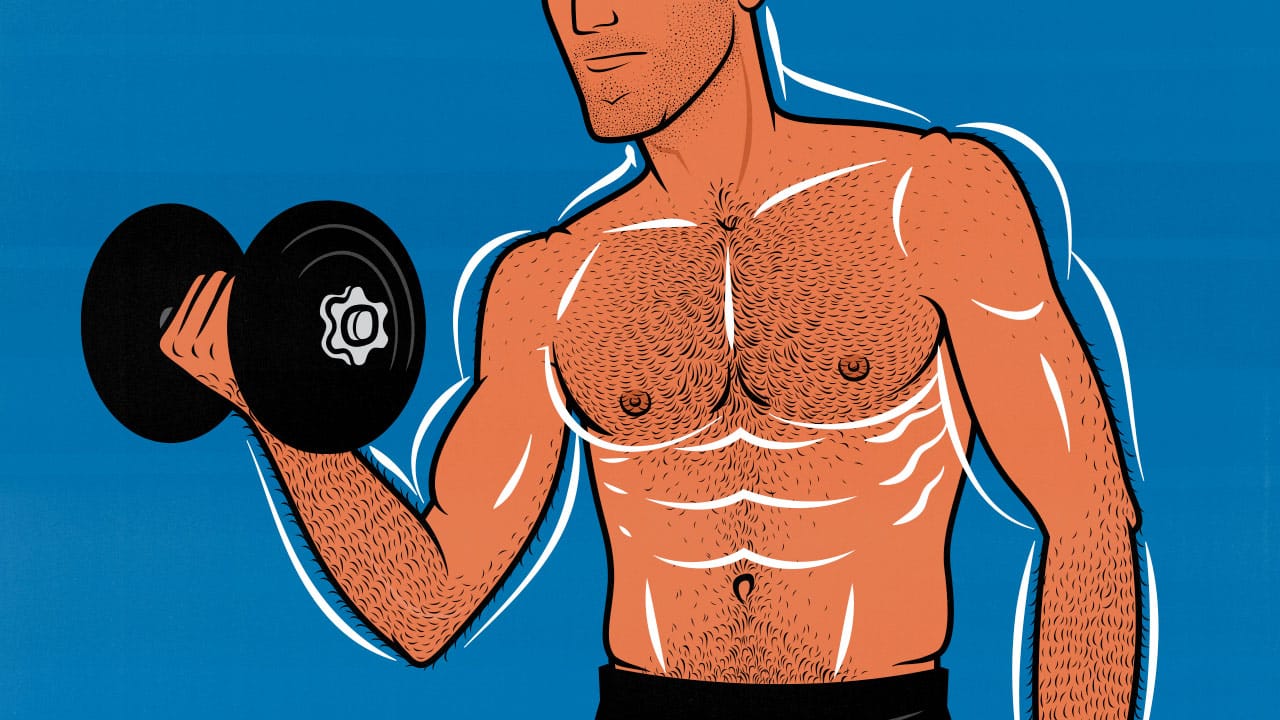Posts by Marco Walker-Ng, BHSc, PTS
Bulking Diet Guide: How to Eat for Muscle Growth
This bulking diet guide covers everything you need to know about eating for muscle growth. This is how bodybuilders have traditionally bulked up, how athletes gain lean mass, and what modern science shows is the most effective way to fuel muscle growth.
Cassandra used this diet to gain over twenty pounds, I’ve used it to gain over sixty pounds, and Marco used it to gain over seventy. We also use it to help our clients bulk up, both in person and online. Those clients range from desk workers to college, professional, and Olympic athletes.
There are five parts to this guide:
- How much do you need to eat?
- What if you stop gaining weight?
- How much protein, carbs, and fat you should eat?
- What does a healthy bulking diet look like?
- What foods and meals should you eat?
Don’t expect to be shocked or thrilled. There’s nothing controversial here. These are well-known and well-studied principles with decades of tradition behind them. That’s by far the best way to get reliable results.
Read MoreThe Vertical Diet: Full Overview & Review
The Vertical Diet is a bulking diet designed to help people get bigger, stronger, and fitter. It’s supposed to make it easier to eat enough food to gain weight, thus supporting muscle growth and strength gains.
The diet is especially popular with professional bodybuilders and strongmen who use performance-enhancing drugs. Stan Efferding says he invented the diet to mitigate the harms of those lifestyles. But it’s supposed to be healthy for everyone. Is it?
We’re natural lifters, and we’re more interested in health than professional bodybuilding, but we’ve helped college, professional, and Olympic athletes bulk up. We know how to train and diet for elite performance.
Here’s our overview and review of the Vertical Diet.
Read MoreWhat’s the Best Way to Bulk Up?
There are a few different ways to bulk. You could bulk dirty or cleanly, aggressive or leanly, or anywhere in between. I’ll explain the pros and each so that you can pick the style of bulking that’s best for you.
We’ve been helping people bulk up for over a decade now, with clients ranging from geriatric deskworkers all the way to college, professional, and Olympic athletes. We can help you to do it, too. The results are incredibly consistent.
Read MoreIs Intermittent Fasting Good for Bulking & Building Muscle?
Intermittent fasting is popular for weight loss. But what if you’re a skinny guy trying to bulk up? Can you use intermittent fasting to build muscle faster or more leanly? After all, intermittent fasting raises growth hormone production, which purportedly helps with muscle growth; it increases insulin sensitivity, which could help make your muscle gains leaner; and research shows that intermittent fasting may help preserve muscle when losing weight.
On the other hand, bodybuilders are known for eating frequently—every few hours. They eat more often than the average person. Why is that? Could there be an advantage to eating more meals more often?
Finally, does intermittent fasting make it harder to eat enough calories to gain weight? Skinny guys are notorious for having smaller stomachs, faster metabolisms, and more meagre appetites, all of which can make it harder to eat enough calories to gain weight. Will intermittent fasting make that even harder?
Read MoreThe Best Side Delt Exercises Are Weird Lateral Raises
The overhead press is the best overall shoulder exercise. If you want a minimalist workout routine, that’s all you need. If you really want to build bigger side delts, though, it pays to include an exercise that trains them directly.
Lateral raises are the best exercise for your side delts, and they can take you quite far, but you can do even better. Lateral raises are easy to improve upon. Here’s how.
Read MoreShould You Lift More Weight or Do More Reps to Build Muscle?
The top search result for this question is wrong, and it’s bugging me. There’s this old myth that heavier weights are better for building muscle while lighter weights are better for gaining endurance. That’s not quite right.
Both low-rep and high-rep sets can be equally good for building muscle. Anywhere from 4–40 reps per set stimulates a similar amount of muscle growth. Doing 6–20 reps tends to be a little easier and more efficient. Most bodybuilders lift right in the middle, favouring 8–12 reps.
However, different rep ranges provoke slightly different adaptations. The best way to build muscle is to take advantage of both. A balanced muscle-building program will use a mix of heavier weights and higher reps. More on that in a moment.
This begs another question: when you progressively overload your exercises, should you focus on adding more weight or adding more reps? Both can be equally good for building muscle. It all depends on what exercise you’re doing and what you’re trying to accomplish.
Read MoreHow Much Fat Will You Gain While Bulking?
One of the most common bulking mistakes is to be so scared of gaining fat that you fail to gain weight. If you’re 130 pounds, the only way to get up to 180 pounds is to gain weight. There’s no other path there. You have to bulk.
But bulking is a dastardly process. You can just as easily mess it up by gaining too much weight, causing needless fat gain. You can burn that fat off, but it can still be a frustrating setback.
To make things even trickier, many factors affect the ratio of muscle and fat you gain, including your workout program, your bulking diet, your genetics, and even your sleep habits. It’s possible to bulk at a reasonable pace and still gain extra fat.
If you notice fat gain, does that mean you’re doing something wrong? How much fat should you expect to gain while bulking?
Read MoreThe Skinny Guy’s Guide to Building Bigger Abs
It’s common for skinny guys to be lean and still not have abs. That’s because there are two parts to having good muscle definition: body-fat percentage and muscle size. Our body fat percentage is fine, but our abs aren’t big enough.
If you try to search for information about how to get abs, you’ll probably come across one of two recommendations:
- Abs are built in the kitchen, not the gym: The idea is to focus less on building bigger abs and more on getting lean enough to reveal your abs. But many of us are already lean enough. You might not need to get any leaner. You might do better by gaining weight.
- Abs are built with ab circuits: The most popular ab workouts are high-rep, low-rest circuits. Those circuits will absolutely stimulate muscle growth, but they’re needlessly painful, and they aren’t as effective as hypertrophy training.
Neither of these recommendations is great for us. We need to build bigger ab muscles. We need a proper bulking routine for our abs.
Dive inDo You Need to Bulk to Build Muscle?
Bulking is when you eat in a calorie surplus to give your body the nutrients it needs to grow. Not everyone needs to start by bulking. If you’re a skinny-fat or overweight beginner, you can get the energy you need from your extra body fat.
- If you’re thin or lean, then you don’t have any extra body fat to burn, so you’ll need to get it from your diet. You’ll need to eat in a calorie surplus. You’ll need to bulk to build muscle.
- If your goal body weight is heavier than your current body weight, then you need to eat in a calorie surplus to get there. That means you need to bulk.
- If you’re an experienced lifter, your body won’t grow as readily as it used to. You might need to get into a calorie surplus to continue making gains. Again, you need to bulk.
The problem with bulking is that it increases your risk of gaining fat. Any surplus calories that aren’t invested into muscle growth can spill over into body fat. That’s why so many people fear it. Those fears are largely unfounded, but I understand the hesitation.
In the rest of the article, we’ll go over the research, explain why a calorie surplus improves muscle growth, and then teach you how to bulk up leanly.
Read MoreWhat is Bulking Season?
Bulking season is the time of year when you intentionally gain weight to support muscle growth. It’s part of a long tradition of setting aside certain parts of the year for performance and other parts of the year for improvement. There’s a surprising amount of wisdom in that tradition.
It’s similar to the “off-season” athletes have. It’s the period of the year when they aren’t competing, allowing them to focus on getting bigger, stronger, and fitter. The most relevant example is bodybuilders. They need to get lean for their bodybuilding competitions, meaning they need to spend several months cutting. During that period, they have so little body fat and eat so little food that they have no hope of building any muscle. Their “off-season” is a chance to get into a calorie surplus, regain a healthy amount of body fat, and start building muscle again.
“Bulking season” is far more casual, but it offers even greater advantages.
Read More
